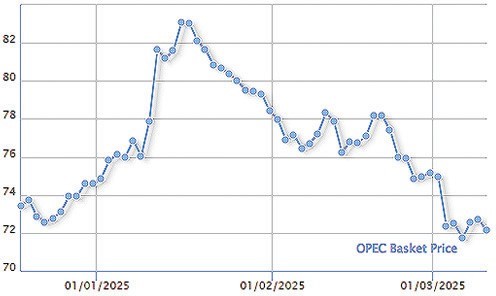February 07 2020
More anti-regime protests erupted in the days after the Islamic Republic admitted shooting down a Ukrainian passenger jet in error.
The protests were mostly small and centered on university campuses—probably because so many of those killed on the plane were Iranian-born graduate students returning to Canada after spending their winter break in Iran.
Frequent chants of “Marg bar diktator” (Death to the dictator), an obvious reference to Supreme Leader Ali Khamenehi, were heard on videos of the protests. That chant was first reported, but only rarely in the 2009 post-election protests. It became more common progressively in the 2018 protests scattered all over the country for months, the five days of protests in November and now the five days of protests in January.
Another chant heard that started in 2018 was, “They are lying that our enemy is America. Our enemy is right here.” That is not a chant of support for the United States, but rather recognition that the regime is trying to shift blame away from corruption and mismanagement in the regime to the United States.
A new chant addressed the authorities of the regime as “bi-sharaf” or “shameless.”
The campus protests, reported from around 20 cities, were accompanied by social media posts filled with angry charges that the authorities had devoted more effort to denying any involvement in the plane shootdown for three days than in sympathizing with the victims’ families.
Passions were further enflamed when Faezeh Hashemi, daughter of the late President Ali-Akbar Hashemi-Rafsanjani, told BBC Persian that Khamenehi should resign to allow structural changes in the regime.
Many commentators concluded that the destruction of the plane had quickly ended the brief national unity achieved a week earlier after the assassination of Maj. Gen. Qassem Soleymani, whom many polls in recent years have shown to be the most popular government figure in the nation by far.
The Fars news agency, which is linked to the Pasdaran, even stunningly reported that some protesters in Tehran had torn up photos of Soleymani to make plain that unity was no more.
The New York Times reported that the regime removed a memorial photo of Soleymani from a billboard in midtown Tehran and replaced it with a banner of the names of the victims of the shootdown of the Ukrainian plane, a clear concession to the protesters and a sign that the regime recognized how the downing the plane had shifted public concern from the assassination to the plane loss.
The protests started January 11, the day after the regime admitted it had shot down the aircraft. The Iran Times has not seen any reports of further protests since January 16 at the University of Tehran, meaning they only continued five days, the same length as the much larger and socially-broader protests in mid-November.
The mid-November protests ended with the regime machine-gunning protesters in some cities. The January protests saw a few shooting incidents. Some injuries were reported by IranWire and other sources but no deaths. The police mostly used tear gas and batons to break up the protests and brought in water cannons in some cities.
However, on January 16, police invaded the Student Martyrs Dormitory at the University of Tehran where a protest was being organized, roughed up the students and arrested more than eight, according to a report by the New York-based Center for Human Rights in Iran (CHRI). That is the last protest the Iran Times has seen reliably reported.
The regime has still not reported the total number of deaths from the November protests, nor how many people were arrested or how many remain in custody. It has remained silent on those key statistics for more than two months. It has also not released any arrest figures for January. There have been no deaths reported by the protesters themselves.
Amnesty International later reported that one woman arrested in January in Tehran was forced to perform oral sex on an intelligence agent who then tried to rape her.
IranWire reported that protests were held in at least 19 cities: Tehran, Sanandaj, Babol, Shiraz, Yazd, Mashhad, Ahvaz, Esfahan, Tabriz, Gorgan, Kermanshah, Shahrud, Amol, Qazvin, Semnan, Zanjan, Arak, Kerman and Damghan. The Wall Street Journal also named Rasht.
Most of the protests appeared to number in the hundreds with a few topping a thousand participants or even a few thousand. The numbers paled against the hundreds of thousands that turned out for the Soleymani memorial rallies.






















